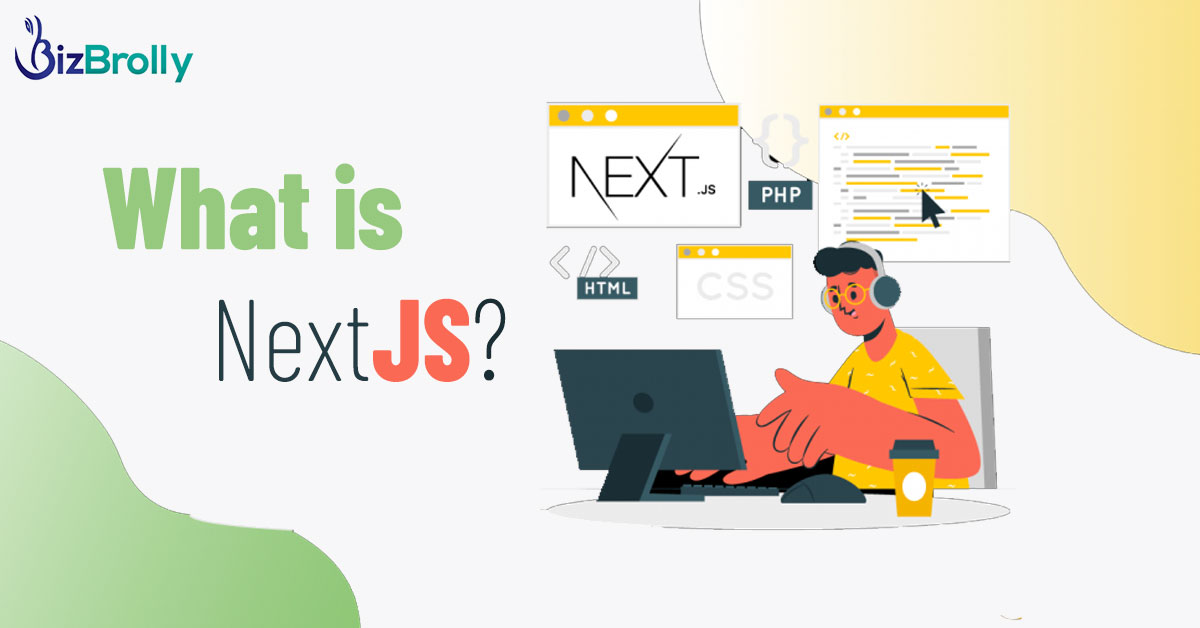
Consumers no longer view digital purchases favorably, and given that everyone is constantly pressed for time, they no longer desire to spend time on websites or online stores that take a long time to load. This emphasizes how crucially important user experience is because it can make or break a deal.
Over 50% of respondents to the frontend 2020 survey acknowledged using Next JS in their projects. This places Next JS on par with top javascript frameworks like React, Vue, or jQuery as the most widely used frontend development framework. This blog provides a comprehensive overview of what justifies this framework’s popularity, the projects that are best suited for it, and how to develop the necessary skill set. Next JS is preferred for better SEO Google Ranking activities.
The difficulty that developers had in rendering web applications on the client side was resolved by Next.js. Less reloading resulted in an improved user experience (UX) for single-page applications (SPAs), making them more interactive.
Although it does enhance the user experience, these applications don’t show up in well-known search engines like Google because web crawlers frequently have trouble reading the text content of them.
For the server-side rendering (SSR) of the React components, Next.jS has offered a great solution. Developers can send simple indexable HTML to the user by having the server render the JavaScript code.
This rendering is made possible by Next.js. It takes care of problems with caching, server load, on-demand content, and application architecture, giving you more time to work on developing the app’s business logic and other crucial elements.
It is essentially a different technique for developing websites and applications that are Search engine optimization-friendly. This approach creates HTML during the build phase as opposed to the run phase. This kind of website loads incredibly quickly, but it is less suited to interactive web applications than SSR because it depends so heavily on user input and adapts to it. With blogging applications, where the content need not change based on the input, it works perfectly.
Benefits in the Next JS World
For it to be thought of as being superior to React in some circumstances, there must be some truly remarkable advantages, and there are.
These are some advantages of using Next JS.
You can significantly increase your search engine visibility by choosing SSR over client-rendered JavaScript. You will have the freedom to design an interactive application that meets all of your requirements and has all the desired functionalities while still providing all of the Search engine Optimization advantages of a static text-based website. You will have a greater competitive advantage as a result.
But a pertinent question to this discussion is how many developers take the SEO factor into account when developing an app. More than half of developers do not prioritize SEO when creating apps, according to the State of Frontend report.
Next, JS introduces a new feature to enhance the launch of your application on social media. It enables you to programmatically alter the open graph meta titles for each page, improving the social media usability of your URLs in the process. This enhances SEO in general.
It performs better and can significantly improve the performance of your application, improving the user experience as a whole. It accounts for the amount of time a user will have before viewing the content on your website and, ideally, keeps it under 1 second. Applications that load quickly and save users time are valued by users. Because of this, it’s crucial for keeping users interested in your application.
You must first define your objectives if you want to know when to adopt Next JS and how it can help you accomplish your goals and objectives. The list of goals and objectives that can be accomplished using Next JS is as follows.
a rise in conversion and sales rates
better reach and marketing
advantage over competitors
improved user encounter
Cost-effective
enables scaling
The ideal moment to adopt JS is now
When you want to shorten the time, it takes to first draw or need OG tags, Next is the best option. SEO and organic traffic are important for your business. All of these are relevant in the area of e-commerce. The same is true for all websites, blogs, social media platforms, and streaming services. This is a good general rule of thumb in this situation, though we always analyze the needs and expectations of each client individually before making recommendations.
Our starting point is React applications. When the analysis determines that SSR will be beneficial for the client, we recommend Next.js. This is frequently true for publicly accessible applications whose content can be accessed without authorization.
This is to give you an idea of the projects that benefit from Next JS development.
The main reason Next JS has become so well-liked among developers is that it has so many exciting features for programmers.
Supports CSS – Enables developers to easily work with it by allowing them to import files from a JavaScript library.
Fast live editing experience – Saves time by having a quick live experience.
Support from the community – Next JS is becoming more and more well-liked. Developers benefit from this because they don’t have to solve every problem themselves; instead, they can search for solutions in case someone already has them.
Built-in new next/image component – This function optimizes images automatically.
Supports TypeScript – This feature enables the automatic configuration and compilation of TypeScript.
Everyone, from developers to marketers, businesses, corporates, and retailers, can benefit from NextJS. It has grown in popularity because of its features and the support it provides to both businesses and developers.